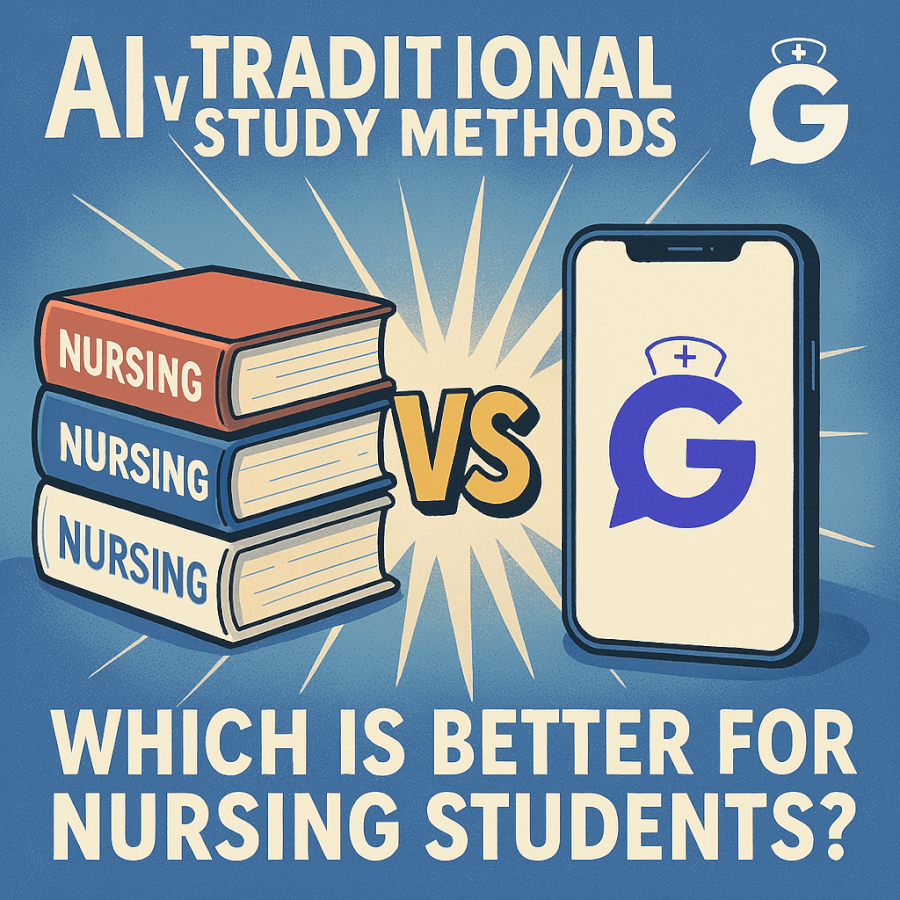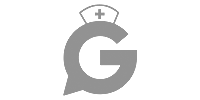Studying for nursing school in 2025 isn’t what it used to be. While traditional methods like textbooks, flashcards, and group study remain staples, artificial intelligence (AI) is rapidly gaining traction as a smarter, more efficient way to learn. So which is better: tried-and-true study habits or cutting-edge AI nursing study tools? In this guide, we’ll compare the pros and cons of each and show how today’s students are blending both to maximize success in nursing school and beyond.
The Case for Traditional Study Methods
Before AI entered nursing education, students relied on methods like:
- Reading textbooks and class notes
- Handwriting flashcards
- Joining study groups
- Using review books like Saunders or Kaplan
- Attending live tutoring sessions
Pros
- Encourages active recall and memory retention
- Develops foundational skills like note-taking
- Builds collaboration through peer study groups
- Familiar and widely accepted by faculty
Cons
- Can be time-consuming and inefficient
- Doesn’t adapt to individual weaknesses
- Difficult to get instant feedback
- Limited flexibility for students with busy schedules
The Rise of AI Study Tools
In 2025, AI study tools like GoodNurse are transforming how nursing students prepare for exams, clinicals, and the NCLEX. These platforms use machine learning and natural language processing to offer:
- Instant answers to nursing questions
- Adaptive quizzes targeting weak areas
- Detailed NCLEX-style practice questions
- Real-time feedback and rationales
- Support for coursework, care plans, pharmacology, and more
Pros
- Personalized and adaptive to your learning pace
- Saves time by focusing on what you need most
- Available 24/7—study whenever, wherever
- Simplifies complex topics like EKGs, med math, and clinical judgment
Cons
- Can become a crutch if not used mindfully
- May lack the personal connection of a tutor or classmate
- Requires access to a device and internet
- Quality







